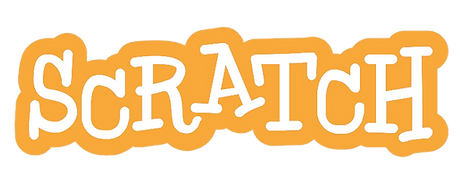

TO

"Scratch to AI" is free online course that introduces students to key coding concepts through projects and hands-on learning using MIT's block-code based learning platform "Scratch." In this 6-week journey, we accomplished five projects — starting with commands, navigating through UI and variables, and finishing off strong with object-oriented programming and functions. We also looked beyond Scratch towards advanced topics like physics simulations & neural networks and touched on text-based languages like Python & Java.
Hope you had fun, and as always, keep on coding!
🔴Recordings🔴
Class 1
Sprites/Movement
Learned about the Scratch workspace, block-code, and sprites. Also explored the x-y coordinate system and moving/rotating sprites. Mapped keys to movement to allow the user to move sprites around on the screen.
Project Link: https://scratch.mit.edu/projects/1047192685/editor
Class 3
Variables
Explored the concept of variables and how to store information, such as numbers. Learned how to set and change their values, apply them in code, and made a Cookie Clicker-esque game using several variables.
Project Link: https://scratch.mit.edu/projects/1050469285/editor
Class 5
Functions
Navigated the key programming concept of functions, aka. methods/subroutines. Reinforced this concept through a Tic-Tac-Toe project in Scratch, utilizing custom blocks to check for 3-in-a-row and determine a winner.
Project Link: https://scratch.mit.edu/projects/1054700521/editor/
Class 2
UI/Conditionals
Covered the concepts of user interfaces (UI) and conditionals. Learned about sprite costumes and project backdrops in Scratch. Used "ask and answer" blocks and if statements to have a conservation with the user.
Project Link: https://scratch.mit.edu/projects/1048769273/editor
Class 4
Object-Oriented Coding
Learned about object-oriented programming and how to apply it to Scratch through cloning sprites. Also touched on sprite-specific variables. Created a space shooter game using OOP and variables.
Project Link: https://scratch.mit.edu/projects/1052558498/editor/